2022 Kia Sorento Hybrid review: An obvious choice for families

SINGAPORE – How do you make a great car better? Make it a hybrid. The addition of petrol-electric technology to most cars is almost always an obvious plus, and it’s no different with the Kia Sorento.
The Sorento is the Korean brand’s first full-hybrid offering to follow the Niro crossover/SUV, which has been on sale here since 2017 and is still one of the most affordable full-hybrids on the market.
Summing up the Sorento story in Singapore, simply: It’s Kia’s big, seven-seat SUV now in its fourth-generation. Always impressive for its generous price-to-features ratio, the fourth-gen car amped up the quality feel and showed Kia could do mainstream with premium-ness and exciting design.

That car debuted here in Singapore in 2020 with a frugal, torquey 2.2-litre turbodiesel and it’s still well worth a look here in 2022. But it’s the Electric Age, which makes the hybrid version a much welcome addition to the lineup.
The Sorento Hybrid is very similar to the diesel – the two cars we tested both have the same equipment variation, what Kia dubs ‘SX Tech Pack’. We won’t re-tread what we already wrote about in the review of the diesel, so be sure to check that review out for all the details.

Cosmetically, the Hybrid looks almost exactly the same as the diesel, which is no bad thing given Kia’s now mature, capable design chops and the look of the current Sorento. It’s a big SUV with big presence, and it doesn’t copy anything else outright nor try too hard to be cool.
The only differences are that the hybrid rolls on smaller wheels – 17-inches vs 18-inches for the diesel – and the hybrid has Kia’s ‘Ecohybrid’ badge on the rear.
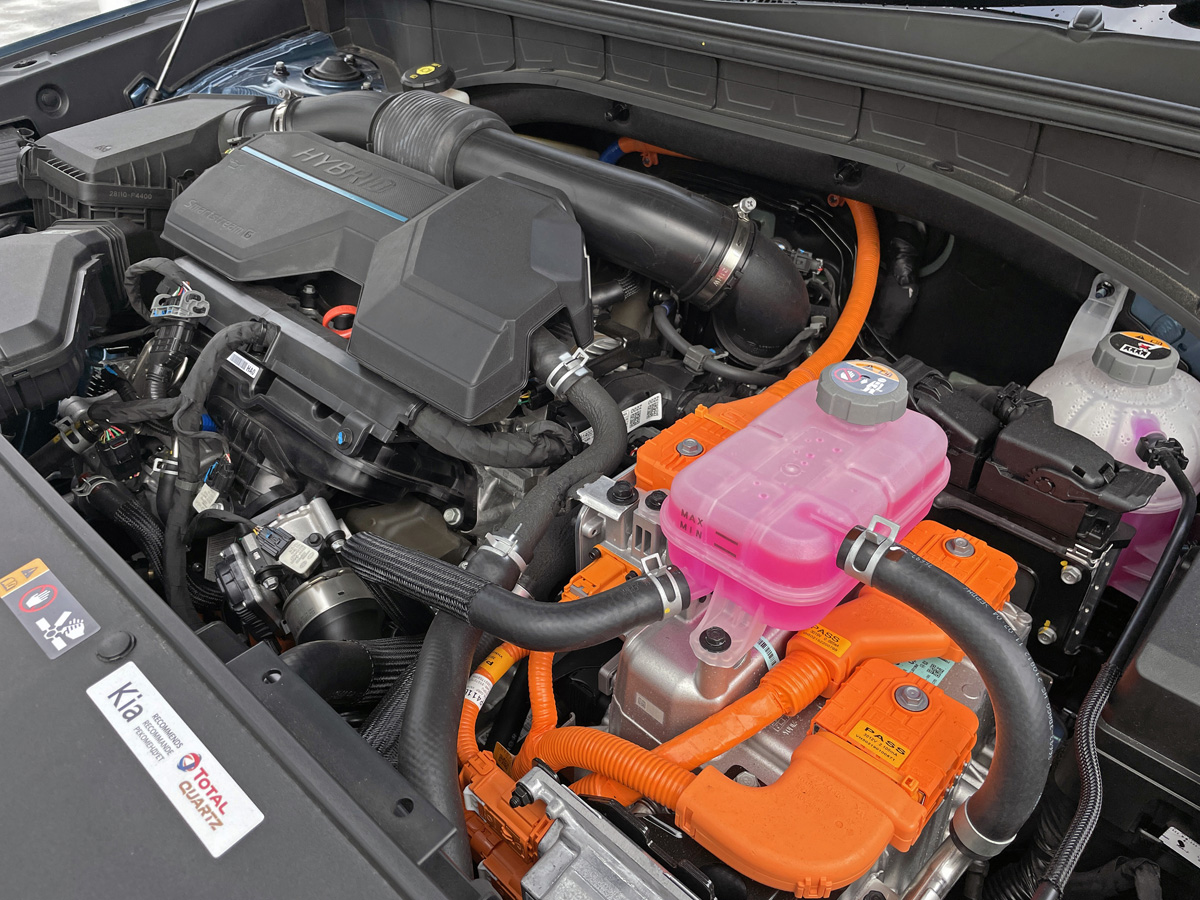
Under the bonnet is the crucial difference: The hybrid packs Hyundai Motor Group’s new hybrid drive train stars here, of course we’ve already seen it in the Sorento’s sister/arch-rival, the Santa Fe.
It’s a 1.6-litre turbocharged engine that works in tandem with a 59hp electric motor, draining or adding electrons to a 1.5kWh lithium ion battery pack that resides in the floor of the car. Remember that Kia’s also designed the Sorento as a plug-in for other markets, so making space for a small hybrid battery pack here isn’t a worry.
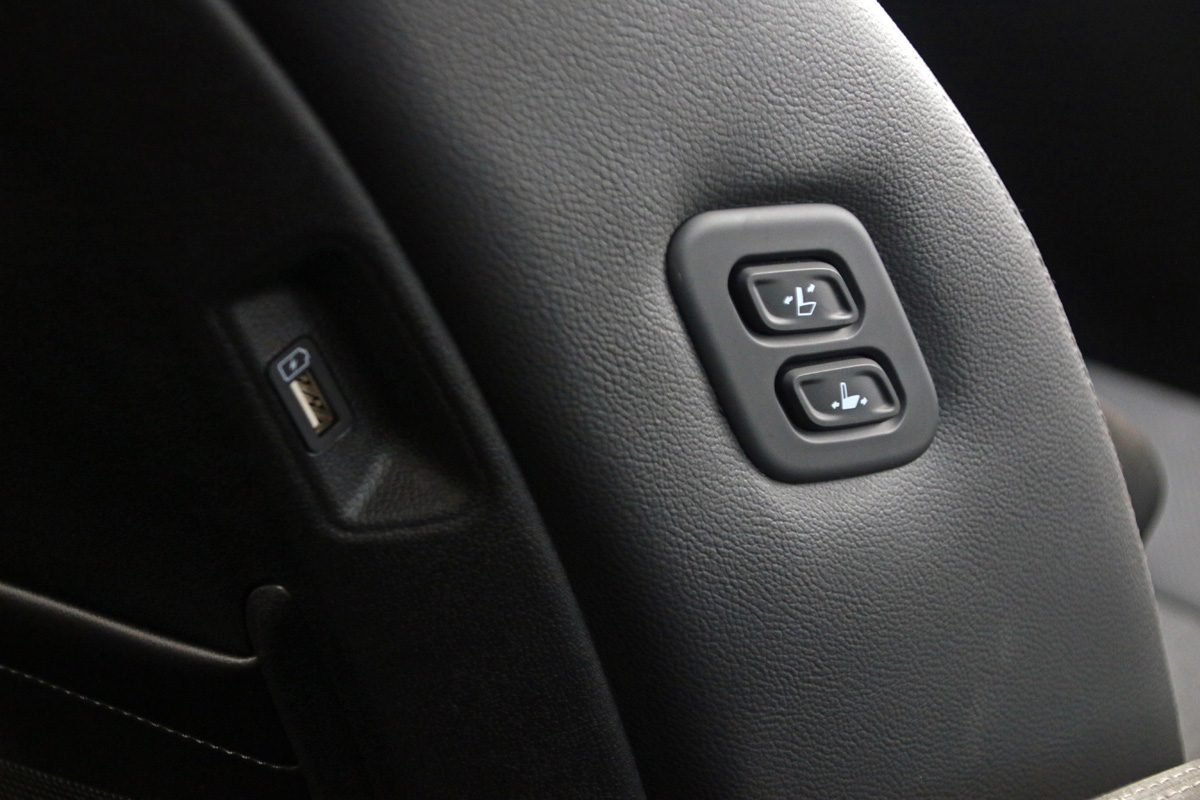
That way, seven-seat practicality remains the same too. You could fit adults in the third-row, but better if you dislike them to begin with. Like most seven seat SUVs, the third row is best reserved for the vertically-challenged, but at least there’s an air-con vent/control there, and the second row seats can be shifted forward to ease the pain somewhat.
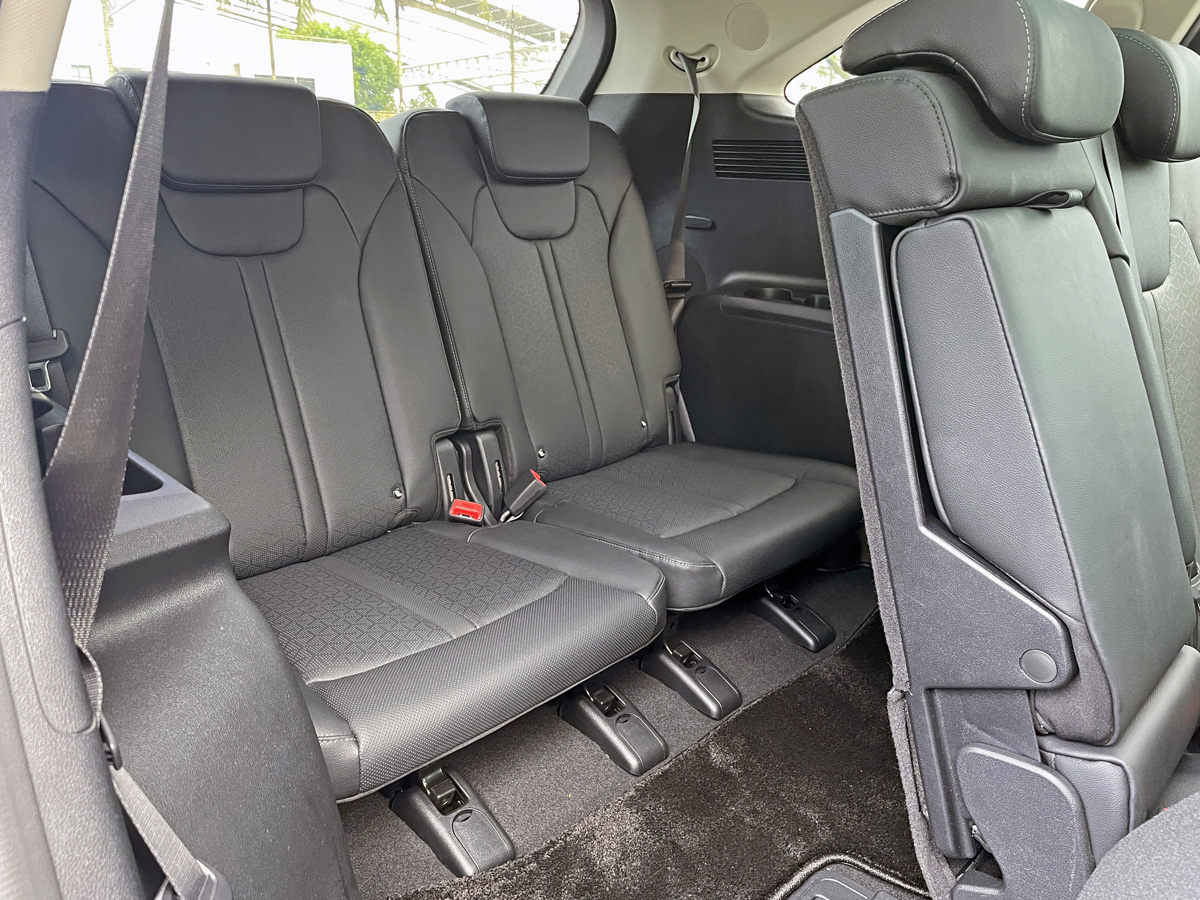



Boot space is cavernous at 608-litres (eight less than the diesel) with the rear seats folded away, though obviously if you carry seven people you can’t fit a whole lot of cargo.
The non-driving experience from the cockpit is just as technology-laden as the diesel, thanks to the identical screen layout – 10.25-inches for the infotainment touchscreen and 12.3-inches for the driver’s display. The latter has a unique theme with more blue in it, #becausehybrid.
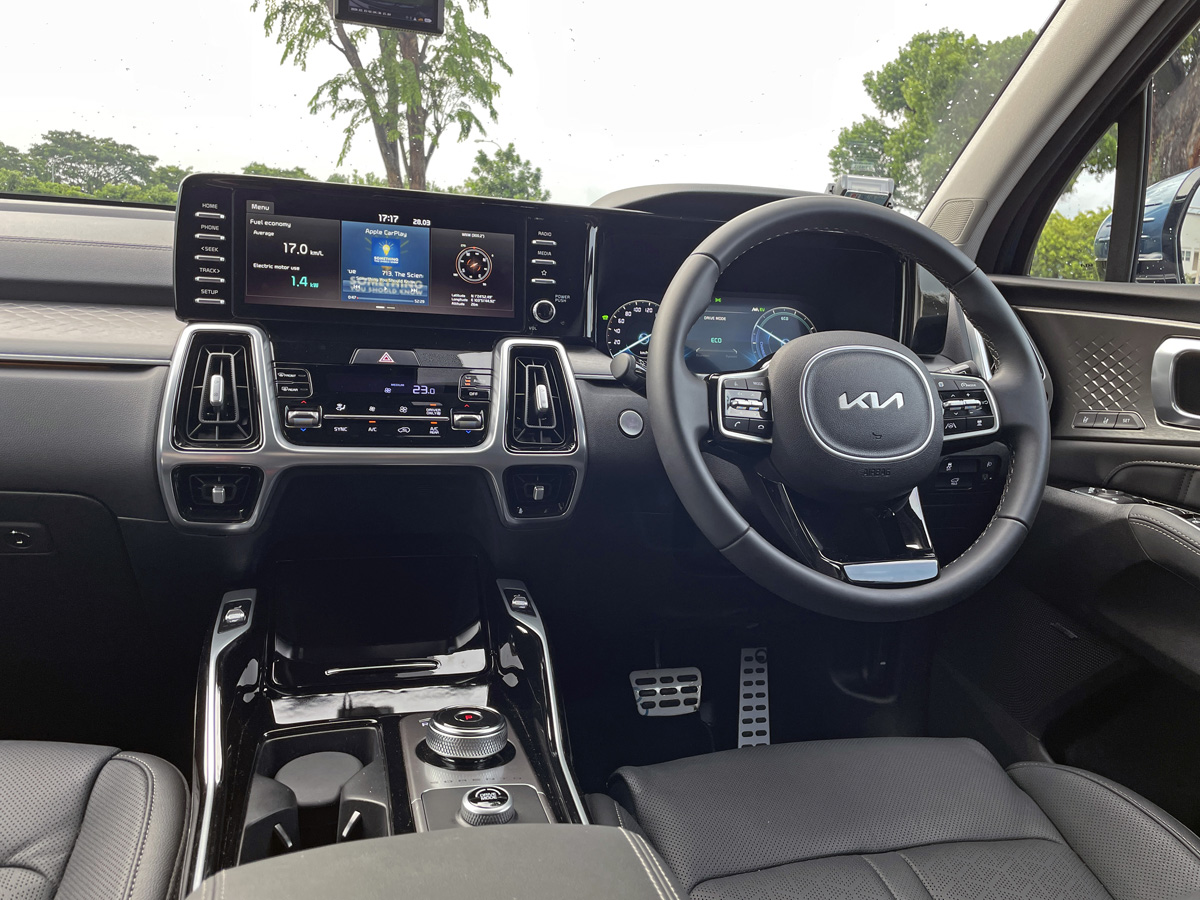
With the SX Tech Pack equipment trim, you also have nearly every nicety you can think of: Wireless charging, electrically-adjustable/air con front seats, a panoramic sunroof, a HUD, even a Bose sound system.
The conventional stick-type gear shifter is also changed to a rotary selector in the hybrid.

There’s also an identical slew of safety systems – adaptive cruise control, 360 parking monitor, and the Sorento’s unique feature – the Blind spot view monitor. It’s extra useful in an age of rampant professional-e-bike-riding-blind-spot-hiders.

Here’s the biggest difference: With electric power at low speeds, the hybrid’s impression is naturally one of increased refinement from the get go, as it creeps around in near silence. When the 1.6-litre turbo engine kicks in, it’s seamless and refined, and if you do decide to go heavy-footed there is a noticeable purr, but not an unpleasant one.
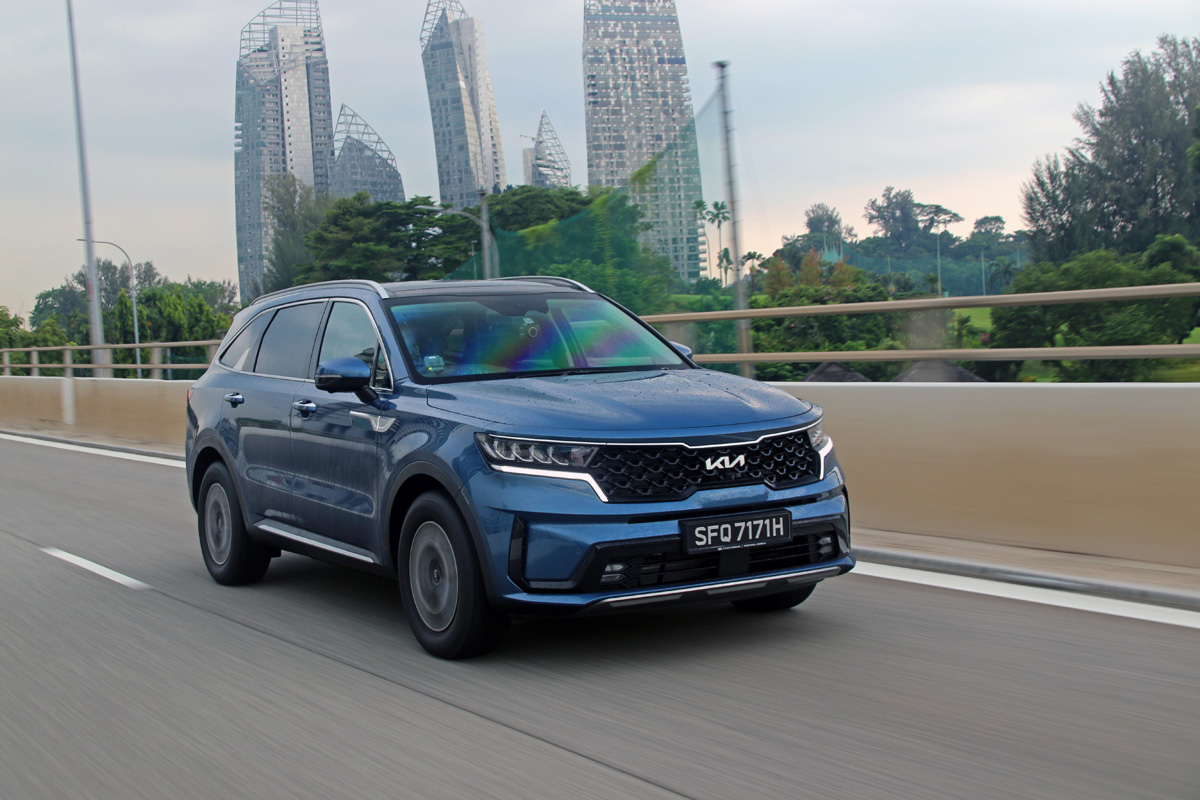
While the hybrid’s 350Nm can’t match the 440Nm grunt of the diesel, it’s really not far off in day to day driving, and we don’t see the hybrid losing out much in terms of acceleration, or the work of carrying seven people around.
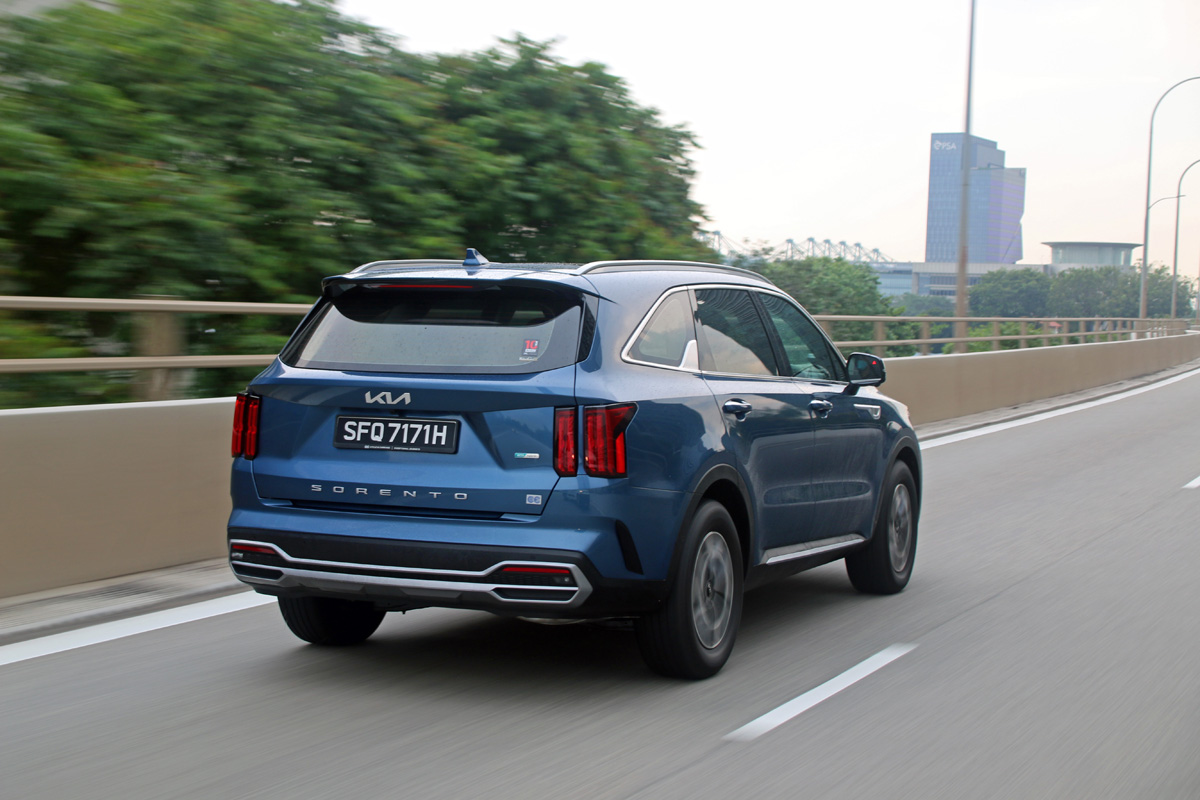
The Sorento’s a large SUV, and delivers the now-expected high-riding, easy-to-see-from driving experience. But it also matches that with hybrid refinement, and the 17-inch wheels deliver a slightly less busy ride than not just the diesel, but many other SUVs too.
It’s also relatively quiet overall, and a predictable easy-to-live with manner. Sure there’s a bit of wallow and a bit of excess roll, but as family SUVs go, it’s not lazy nor unpleasant to drive in the least.
Where it truly endears itself to the driver of course is at the pump: The hybrid is more efficient than the diesel, officially it’s 5.4L/100km for this car, against the diesel’s 5.7L/100km.
In our unofficial testing, the hybrid was able to deliver near 5.0L/100km on relaxed highway runs, creeping up toward 7.0L/100km in town, but overall we never saw more than 7.0L/100km – around 6.0L/100km is likely for normal people. There is an Eco driving mode, along with ‘Smart’ and ‘Sport’, but we left it in Normal for our drive.
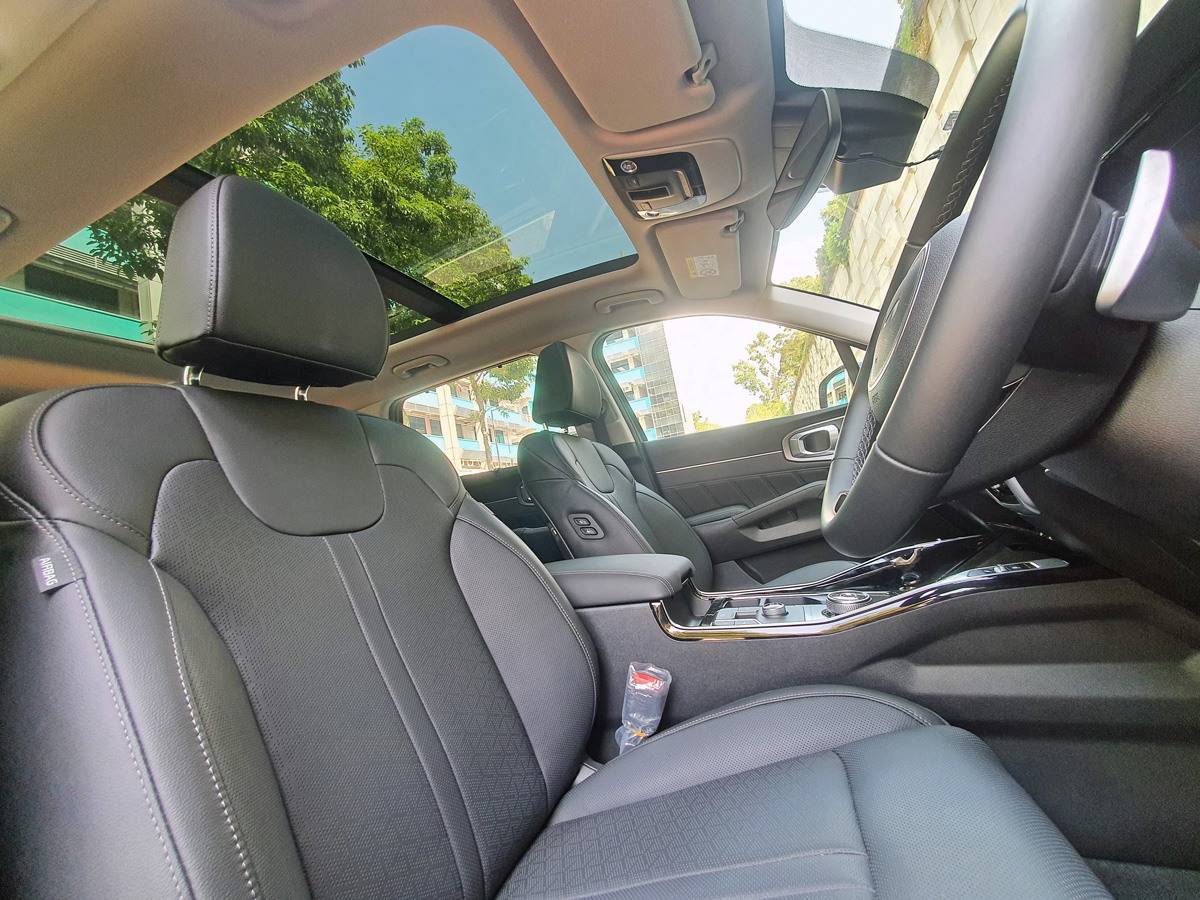
Compared to what Julen got in the diesel, around 6.0L/100km for diesel on the highway, and close to 9.0L/100km in slower conditions, the hybrid does obviously have the edge in efficiency.
While hybrids have traditionally been Japan’s forte, in official model terms they’re still not common. The only officially-imported seven-seat hybrid are MPVs: Namely the Toyota Prius+ and the Nissan’s Serena E-Power, both very different cars from another segment/bodystyle entirely.
Since mainstream, large, seven-seat hybrid SUVs are completely absent from the rest of the market, if you don’t like the mechanically-very-similar Santa Fe’s approach, the question will boil down to which Sorento you should buy: Diesel or hybrid?
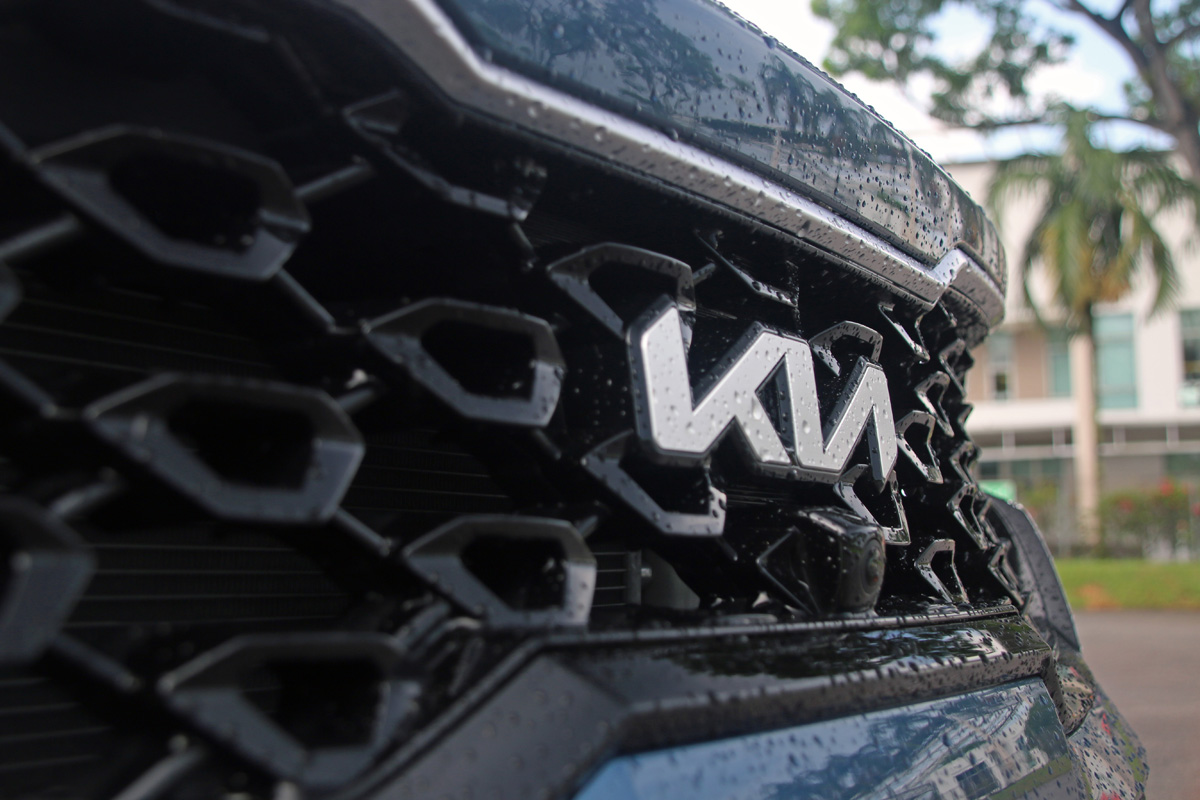
Officially, the hybrid costs $2k less than the equivalent diesel SX Tech Pack, so the choice is very clear because the hybrid is more efficient, pollutes less, and has less than half the road tax of the diesel ($2k per year versus $739 per year) and if you read our related story, the diesel only pulls ahead in cost terms if you’re a very, very high mileage driver.
Finally, some might baulk at paying more than $200k for a Korean car, and those who do should get with the times. $90k goes to the COE, for one, and the Sorento can do almost everything a BMW X5 or Audi Q7 can for almost half the price.
We’ve always known that hybrids are the bridge between the ICE and the Electric Eras, and the Kia Sorento proves it by being a worthy hybrid haven for cleaner family motoring.

| Drivetrain type | Petrol-electric full hybrid |
| Engine | 1,598cc, inline 4, turbocharged |
| Engine Power | 177hp at 5500rpm |
| Engine Torque | 265Nm at 1500-4500rpm |
| Gearbox | 6-speed automatic |
| Electric Motor | 59hp/264Nm |
| Battery | Lithium Ion, 1.5kWh |
| System Power / Torque | 227hp / 350Nm |
| 0-100km/h | 8.8 seconds |
| Top Speed | 193km/h |
| Fuel Efficiency | 5.4 L/100km |
| VES Band | A2 / -S$15,000 |
| Agent | Kia Singapore / Cycle & Carriage |
| Price | S$224,900 with COE and VES |
| Availability | Now |
| Verdict | Rolling hybrid brings only benefits and adds even more appeal to Kia’s excellent seven-seat SUV – more efficiency, lower road tax, same price tag. |
This article was first published in CarBuyer.